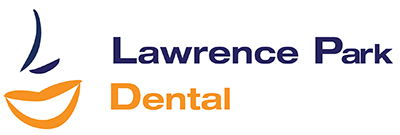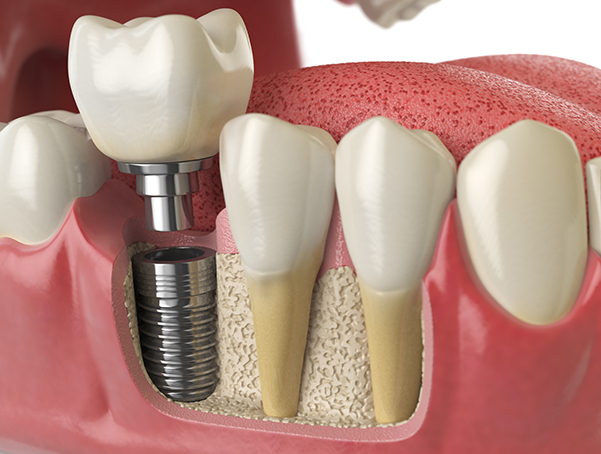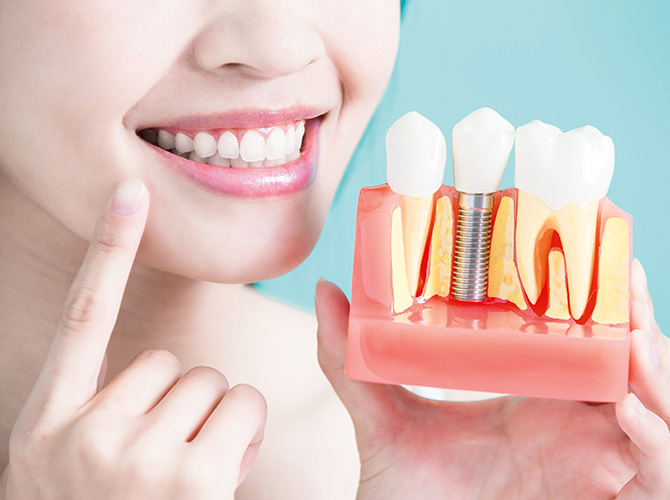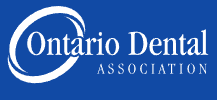Digital Bite Analysis (DTR) – How It Works and Benefits
Digital Bite Analysis is a dental exam that identifies bite discrepancies in the bite by recording bite forces distribution over time teeth in a dynamic manner. It’s used to diagnose and treat underlying problems that may cause a bad bite, a temporomandibular disorder, and other unpleasant symptoms and that may lead to muscle fatigue and tooth damage over time. Read on to find out more about this technology used at Lawrence Park Dental in North York, and how it works.
Digital Bite Analysis (DTR) Explained
Muscular contractions are hyperactivated when back teeth touch for too long when you chew, leading to muscle fatigue, headaches, and pain in the head and neck. It also causes broken or damaged teeth and may significantly reduce the lifespan of dental work.
Digital Bite Analysis also measures muscle activity in the jaw when teeth are in contact to provide an accurate assessment of bite discrepancies. It uses
T-Scan Occlusal Analysis and Electromyography (EMG) to obtain accurate data on the forces exerted on the teeth.
Unlike classic bite diagnostic methods which assessed only the rest position of the teeth, Digital Bite Analysis shows the contact between teeth in a dynamic, more comprehensive way. This enables your dentist to accurately identify the teeth that receive the most pressure during a bite. It also shows any irregular contact between the teeth.
Digital Bite Analysis is a major improvement over older methods of assessing a bite, such as biting carbon paper. It’s much more precise and detailed and easier to read for both dentists and patients, allowing for optimal decisions concerning treatment.
How Does Digital Bite Analysis and DTR Therapy Work?
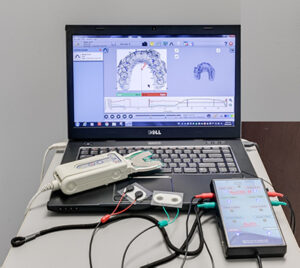
DTR relies on T-Scan and EMG technologies to help dentists fully understand the problem. It’s then followed by adjustment procedures to fix problem areas and provide a better bite. This may involve a reduction in the enamel (enamelplasty), or composite additions on maxillary canine teeth. Further bite analyses are performed post-treatment and new corrections are made as needed. Muscles will have a lower force output once bite is corrected, and discrepancies are eliminated.
The technology behind Digital Bite Analysis may sound sophisticated, but the actual exam is straightforward. As a patient, at Lawrence Park Dental in North York, you will bite down on a digital sensor to record tooth contact in a dynamic way. The sensor is connected to a computer using DTR software that will analyze your bite force, location, and timing.
- You bite on the sensor.
- The computer software renders the information as 3D data on the screen.
- Your dentist can then review the data and identify areas of bite discrepancies.
- More than seeing the actual contact between the teeth, your dentist can determine the impact of your bite on your gums and jaw and recommend the optimal treatment.
Benefits of Digital Bite Analysis
Here are the main benefits of this method over previous methods of assessing bite discrepancy.
- Quick and painless.
- Provides accurate dynamic data that helps your dentist better understand problem areas.
- Enables your dentist to assess the overall impact of problematic areas of your gums and jaws.
- Doesn’t require any special preparation before the exam.
- More accurate and detailed than previous bite analysis methods.
- Provides useful metrics including force and timing of your bite in key locations, which helps your dentist make optimal decisions.
- Helps identify occlusal disease that may lead in time to tooth fractures, bone loss, muscle soreness and fatigue, headaches, and other unpleasant symptoms.
- First step to a better bite arrangement that will preserve your teeth for longer and improve your bite efficiency.
- You can see the 3D graphics to better understand the treatment plan and feel more confident in it.
- Can save you money in the long term and reduce visits to the dentist.
Digital Bite Analysis North York
A bad bite can cause more than teeth problems—it can affect gums, muscles, and your overall health and sense of well-being. While in the past methods of assessing a bad bite were in many ways limited, now Digital Bite Analysis makes possible a faster and more effective therapy.
If you have any questions, regarding Digital Bit Analysis, please contact call us at
416-488-7454 or use our convenient contact form below.
Dr. Queiroz and the team at Lawrence Park Dental will be more than happy to assist you.
 DTR relies on T-Scan and EMG technologies to help dentists fully understand the problem. It’s then followed by adjustment procedures to fix problem areas and provide a better bite. This may involve a reduction in the enamel (enamelplasty), or composite additions on maxillary canine teeth. Further bite analyses are performed post-treatment and new corrections are made as needed. Muscles will have a lower force output once bite is corrected, and discrepancies are eliminated.
The technology behind Digital Bite Analysis may sound sophisticated, but the actual exam is straightforward. As a patient, at Lawrence Park Dental in North York, you will bite down on a digital sensor to record tooth contact in a dynamic way. The sensor is connected to a computer using DTR software that will analyze your bite force, location, and timing.
DTR relies on T-Scan and EMG technologies to help dentists fully understand the problem. It’s then followed by adjustment procedures to fix problem areas and provide a better bite. This may involve a reduction in the enamel (enamelplasty), or composite additions on maxillary canine teeth. Further bite analyses are performed post-treatment and new corrections are made as needed. Muscles will have a lower force output once bite is corrected, and discrepancies are eliminated.
The technology behind Digital Bite Analysis may sound sophisticated, but the actual exam is straightforward. As a patient, at Lawrence Park Dental in North York, you will bite down on a digital sensor to record tooth contact in a dynamic way. The sensor is connected to a computer using DTR software that will analyze your bite force, location, and timing.
